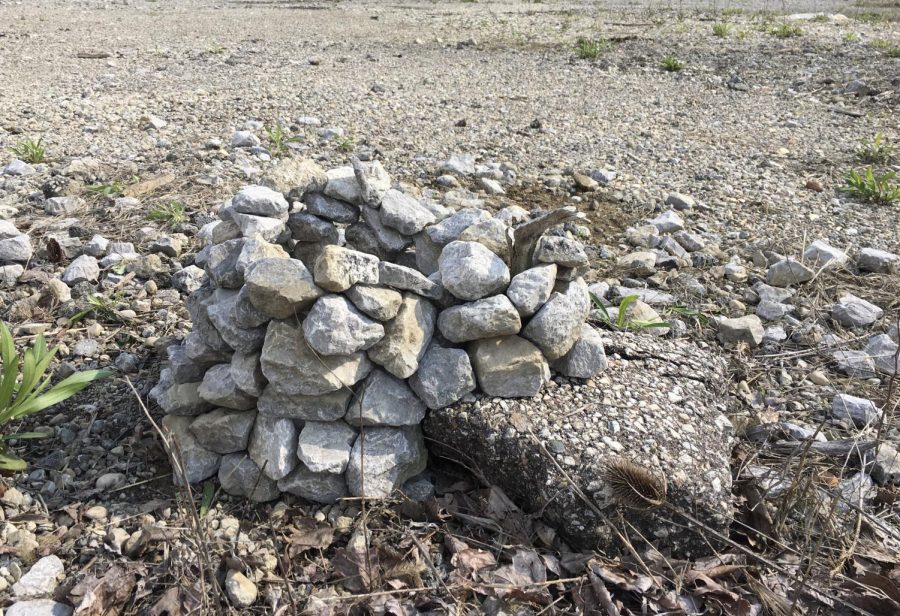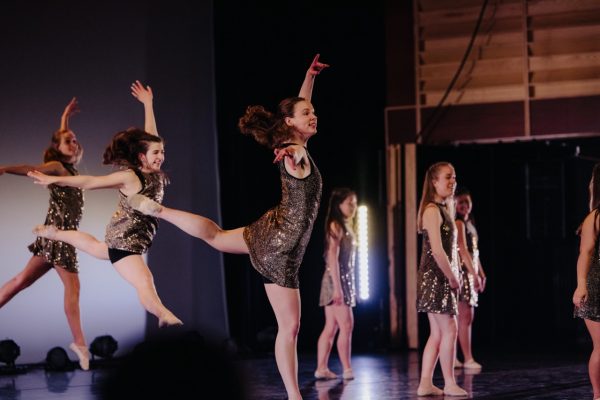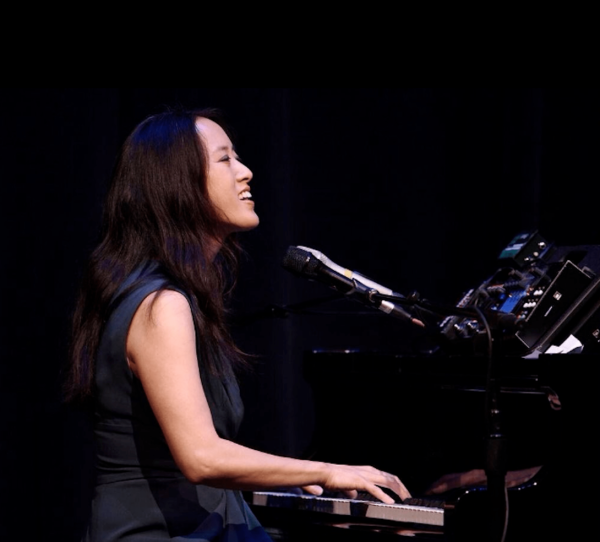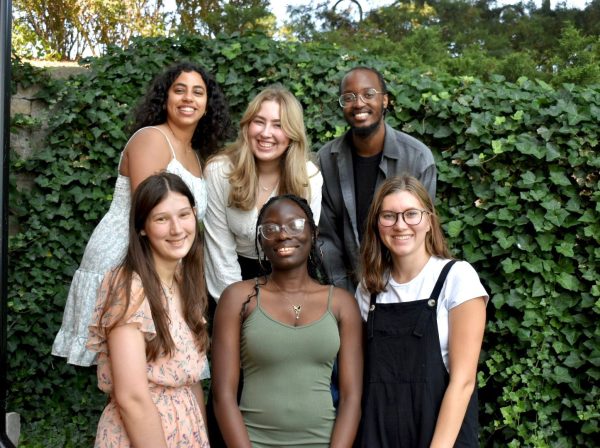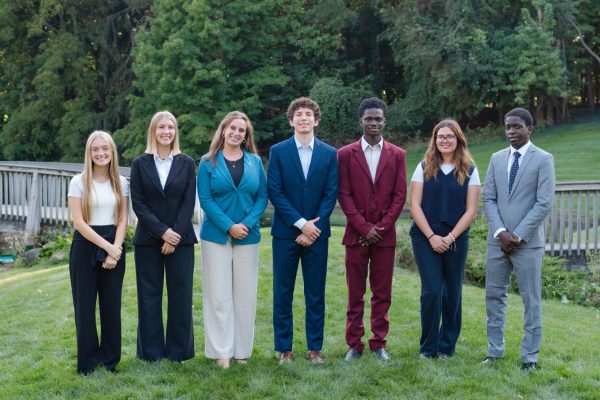Hands-on arts classes continue despite pandemic limitations
Photo Courtesy of Cecily Bobrowski.
Students in Prof. Greidanus’ ceramics class are now making sculptures from materials found in their immediate environment. Pictured here is one such project, “Home of the Peaceful Hunters” by Cecily Bobrowski.
Many art classes require materials, equipment, and communal insight that only in-person classes and art department resources can provide — COVID-19 has changed all that. Now, students and professors are finding creative ways to overcome the limits quarantine poses to students engaged in hands-on training in the arts.
“As I put it to my ceramics students,” said Professor Anna Greidanus of the art and art history department, “this is not what you signed up for.” Greidanus, who is currently teaching classes in ceramics and drawing this semester, says the limits the pandemic has created have dramatically changed the way she teaches those classes.
“I had to make a dramatic shift from the hands-on, studio-based production,” she said regarding her ceramics class, which usually requires specific equipment including a large gas-powered reduction fire kiln. Without the studio space, students lack many of the basic materials they would typically use for a ceramics class, including clay.
In order to overcome this limit, Greidanus has had to “develop assignments which are site-specific, conceptually based, using found and appropriated materials.” For example, students use “found materials” from their immediate environment, such as dirt, or even clay they dig up in their backyard, for creative sculpture projects.
One such project included making a miniature dwelling for a fictional culture, inspired by the work of sculptor Charles Simonds. For her piece, “Home of the Peaceful Hunters,” Junior Cecily Bobrowski created a living space for a fictional community of sustainable hunters using stone and concrete. “Stacking these rocks was way harder than I could have guessed,” said Bobrowski in an email. “I definitely question where the line is between art and engineering.”
Greidanus has also largely shifted her drawing class from a focus on drawing human models — something which becomes difficult with social distancing — to self-portraiture.
“I have to say ‘kudos’ to my students,” said Greidanus. “In so many instances I have been impressed by their ingenuity, their fortitude, and their willingness to embrace assignments in a very different way.”
No matter how the assignments themselves are able to change, Greidanus acknowledged that students are still missing out on the valuable collaborative and critiquing processes that in-person arts classes have to offer.
Senior Kayla Cooper is directing a short film for her advanced filmmaking course, and the limits on collaboration and equipment access have also come up there. Under normal circumstances, she and her team of student filmmakers would edit their film collaboratively using the communication department’s editing suites, where all of the footage is stored on a single high-end computer.
However, the large data size of professional-grade digital footage means that only one person is able to edit the film with all the footage in place, meaning that with social distancing in place, Cooper’s team is unable to collaborate in the typical way of splitting up the work and editing together in real-time. For this reason, Cooper is focused on editing the film herself from her laptop while other team members work primarily on social media and marketing.
“It definitely feels less collaborative,” said Cooper, who misses “meeting up to work together in the on-campus editing suites or brainstorming marketing strategies for our film together in the DeVos lobby.” Despite these limitations, “We’re getting our film made amidst the chaos and our team is really excited to show everyone the final product.”
“Fundamentally artists are makers,” Greidanus remarked in our interview over Microsoft Teams, “and we continue to make, but in very different and somewhat difficult circumstances.” Though lacking in equipment, resources and the conditions for proper collaboration, “having all these limitations underscores… how ideas, learning and art are very significant in our lives.”



